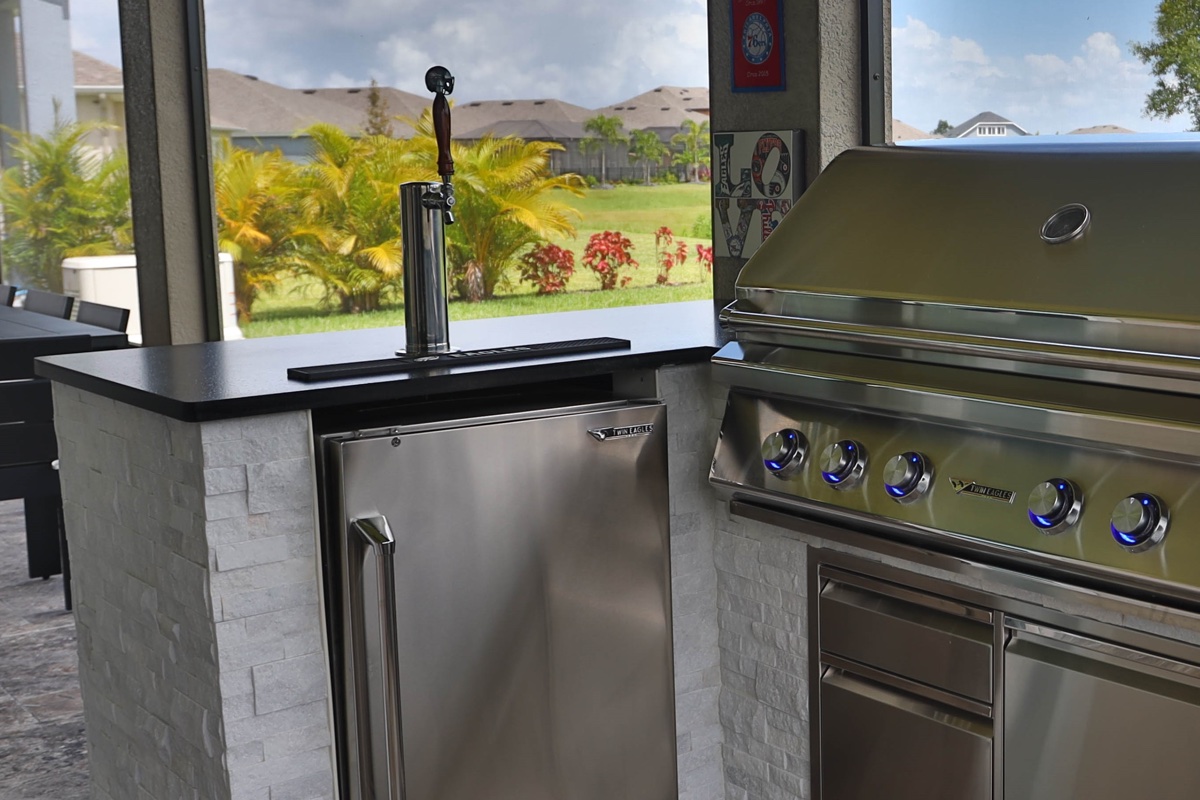

Articles
How Many Amps Does A Kegerator Need
Modified: October 21, 2024
Discover the ideal amperage for your kegerator with our informative articles. Learn about the electrical requirements and find the right amperage for your kegerator.
(Many of the links in this article redirect to a specific reviewed product. Your purchase of these products through affiliate links helps to generate commission for Storables.com, at no extra cost. Learn more)
How Many Amps Does A Kegerator Need
When setting up a kegerator, one of the important considerations is its electrical requirements. Understanding how many amps a kegerator needs is crucial to ensure it functions properly without tripping circuit breakers or causing electrical issues. In this article, we will explore the factors that affect amp consumption and provide insights into the average amp requirement for different kegerator sizes.
Key Takeaways:
- Understanding the electrical requirements of a kegerator is crucial for safe and efficient operation. Factors like cooling system type and insulation impact amp consumption, so choose wisely to avoid electrical issues.
- Consider upgrading or installing dedicated electrical circuits to accommodate your kegerator’s amp load. Follow energy-saving tips to minimize amp usage and enjoy perfectly chilled draft beer while saving on electricity costs.
What is a Kegerator?
Before delving into the electrical requirements, let’s briefly understand what a kegerator is. A kegerator is a refrigerator or cooler designed to store and dispense draft beer. It typically consists of a cooling unit, beer tower, beer lines, and a CO2 tank for pressurizing and carbonating the beer. Kegerators come in various sizes, ranging from compact countertop models to large commercial-grade units.
Understanding Electrical Requirements
To determine the electrical requirements of a kegerator, you need to consider the voltage and amperage of the unit. Most kegerators operate on a standard household voltage of 120V. The amperage requirement varies depending on several factors, including the size and efficiency of the kegerator, cooling mechanism, and additional features like built-in LED lighting and digital temperature controls.
Factors Affecting Amp Consumption
Several factors contribute to the amp consumption of a kegerator. These include the cooling system, insulation, compressor power, and any additional features. Kegerators with more efficient cooling systems and better insulation tend to consume fewer amps. On the other hand, units with larger compressors or added features like lighting and digital displays may require higher amp ratings.
Introduction
When setting up a kegerator, one of the important considerations is its electrical requirements. Understanding how many amps a kegerator needs is crucial to ensure it functions properly without tripping circuit breakers or causing electrical issues. In this article, we will explore the factors that affect amp consumption and provide insights into the average amp requirement for different kegerator sizes.
A kegerator is a specialized refrigerator or cooling unit designed to store and dispense draft beer. It is a popular choice for beer enthusiasts, homebrewers, and businesses in the hospitality industry. While the primary focus of choosing a kegerator is often on its capacity, cooling mechanism, and other features, it is equally important to consider its electrical requirements.
Before we dive into the specifics of amp consumption, let’s understand the basics of electrical requirements for kegerators. Most kegerators operate on a standard household voltage of 120V. The amperage requirement varies depending on several factors, including the size and efficiency of the kegerator, cooling mechanism, and any additional features.
To determine how many amps a kegerator needs, it is important to take into account various factors that affect amp consumption. These factors include the cooling system, insulation, compressor power, and any additional features added to the unit. Kegerators with more efficient cooling systems and better insulation tend to consume fewer amps. On the other hand, units with larger compressors or added features like lighting and digital displays may require higher amp ratings.
Next, we will explore the average amp requirement for different kegerator sizes and discuss the importance of upgrading electrical circuits for kegerator installation. Additionally, we will provide some useful tips on minimizing amp usage when using a kegerator.
Key Takeaways:
- Understanding the electrical requirements of a kegerator is crucial for safe and efficient operation. Factors like cooling system type and insulation impact amp consumption, so choose wisely to avoid electrical issues.
- Consider upgrading or installing dedicated electrical circuits to accommodate your kegerator’s amp load. Follow energy-saving tips to minimize amp usage and enjoy perfectly chilled draft beer while saving on electricity costs.
What is a Kegerator?
Before delving into the electrical requirements, let’s briefly understand what a kegerator is. A kegerator is a refrigerator or cooler designed to store and dispense draft beer. It is a convenient and efficient way to have fresh, cold draft beer on tap at home or in commercial settings. Kegerators are popular among beer enthusiasts, homebrewers, bars, restaurants, and other establishments that serve draft beer.
A typical kegerator consists of a cooling unit, beer tower, beer lines, and a CO2 tank for pressurizing and carbonating the beer. The cooling unit is responsible for keeping the beer at the optimal serving temperature, usually between 36 to 40 degrees Fahrenheit (2 to 4 degrees Celsius). The beer tower, located on top of the kegerator, houses the dispensing mechanism, which includes faucets for pouring beer into glasses or pitchers.
The beer lines connect the keg to the dispensing tower, allowing the beer to flow smoothly from the keg to the glass. These lines are designed to maintain the right pressure and temperature to ensure that the beer is dispensed with the perfect amount of carbonation and flavor. The CO2 tank plays a crucial role in pressurizing the keg, enabling the beer to flow out of the kegerator smoothly.
Kegerators come in various sizes and configurations to suit different needs. They range from compact countertop models that can accommodate small kegs to larger freestanding or built-in units that can hold multiple kegs. Some kegerators even have multiple taps, allowing users to serve different types of beer simultaneously.
One of the key advantages of owning a kegerator is the cost-saving aspect. Instead of buying individual bottles or cans of beer, which can be expensive, kegerators enable users to purchase kegs of their favorite beer and enjoy the cost savings that come with buying in bulk. Additionally, having a kegerator at home eliminates the need for storing bottles or cans in the refrigerator, freeing up space for other items.
In commercial settings, kegerators are essential for bars and restaurants serving draft beer. They provide a more efficient and reliable way to dispense beer compared to traditional taps or bottles. Kegerators not only maintain the quality of the beer but also allow for better portion control and reduce waste.
Whether for personal use or business purposes, kegerators offer a convenient and enjoyable way to enjoy draft beer. However, it is important to consider the electrical requirements of a kegerator to ensure it operates safely and efficiently. In the next section, we will delve into the specifics of understanding the electrical requirements and amp consumption of kegerators.
Understanding Electrical Requirements
To determine the electrical requirements of a kegerator, it is essential to consider the voltage and amperage of the unit. Most kegerators operate on a standard household voltage of 120V. This voltage is compatible with regular electrical outlets found in homes and commercial spaces.
The amperage requirement of a kegerator can vary depending on several factors. These factors can include the size and efficiency of the kegerator, the type of cooling mechanism it utilizes, and any additional features or accessories incorporated into the unit.
When it comes to kegerators, the cooling system plays a significant role in determining the amperage consumption. Kegerators commonly use either compressor-based or thermoelectric cooling systems. Compressor-based kegerators have a higher cooling capacity and tend to consume more amps compared to thermoelectric models, which are generally more energy-efficient.
Another factor that can impact amp consumption is the insulation of the kegerator. Units with better insulation properties can retain cold temperatures more effectively, resulting in less frequent cooling cycles and lower amp usage.
Any additional features or accessories added to the kegerator can also contribute to its overall amp requirement. For example, built-in LED lighting, digital temperature controls, and other electronic components can increase the power consumption of the unit.
To ensure the safe and efficient operation of a kegerator, it is crucial to match its electrical requirements with an appropriate electrical circuit. The circuit should be able to provide enough power to handle the amp load of the kegerator. If the existing electrical circuit is insufficient, it might be necessary to upgrade or install a dedicated circuit for the kegerator.
It is important to consult the manufacturer’s specifications and guidelines for the specific kegerator model. The manufacturer will provide information about the recommended amperage and circuit requirements to ensure the kegerator operates optimally.
In the next section, we will delve into the average amp requirement for different kegerator sizes. This will provide a clearer understanding of the electrical demands associated with various kegerator options.
Factors Affecting Amp Consumption
Several factors contribute to the amp consumption of a kegerator. Understanding these factors can help you gauge the electrical requirements and make informed decisions when choosing a kegerator for your specific needs. Let’s take a closer look at the key factors that affect amp consumption:
1. Cooling System: The type of cooling system used in the kegerator plays a significant role in its amp consumption. Compressor-based kegerators, which use a compressor and refrigerant to cool the unit, tend to have higher amp requirements compared to thermoelectric kegerators. Compressor-based models have more cooling power but consume more electricity as a result.
2. Insulation: The insulation quality of the kegerator affects its energy efficiency and, consequently, its amp consumption. A well-insulated kegerator can better regulate temperature and retain cold air, reducing the frequency at which the cooling system needs to run. This leads to lower amp usage overall.
3. Compressor Power: If you opt for a compressor-based kegerator, the power of the compressor can influence amp consumption. Larger compressors have more cooling capacity, but they also draw more power. The amp requirement will be higher for kegerators with more powerful compressors.
4. Additional Features: Built-in features such as LED lighting, digital temperature controls, and display screens can increase the amp consumption of a kegerator. These additional components require electricity to operate, adding to the overall electrical demand of the unit.
5. Kegerator Size: The physical size of the kegerator can impact its amp consumption to some extent. Larger kegerators generally have larger cooling systems and more internal space to cool. This means they may require more power to maintain the desired temperature, resulting in higher amp usage compared to smaller models.
6. Usage Patterns: The frequency at which you open and close the kegerator door or dispense beer can also affect amp consumption. Each time you open the door, cold air escapes, and the cooling system has to work harder to maintain the temperature. Similarly, the more frequently you dispense beer, the more the kegerator has to engage the cooling system to compensate for the warm beer entering the system.
By considering these factors, you can make an informed decision about the appropriate kegerator for your needs. It’s important to balance the desired features and size of the kegerator with your electrical capacity to ensure optimal performance and prevent electrical issues.
Next, we will explore the average amp requirement for different kegerator sizes, giving you a better understanding of the electrical demands associated with various kegerator options.
Average Amp Requirement for Different Kegerator Sizes
The amp requirement for a kegerator can vary depending on its size and specific features. To help you get a better idea of the electrical demands associated with different kegerator sizes, we will provide an overview of the average amp requirements for common kegerator dimensions:
-
Compact Countertop Kegerators:
These smaller kegerators are designed for limited spaces, such as apartments or small bars. On average, compact kegerators require around 1.5 to 3 amps of electrical power. These units are often equipped with a smaller compressor or a thermoelectric cooling system, which helps keep the amp consumption lower. -
Mid-Size Freestanding Kegerators:
Mid-size kegerators suitable for home use or small to medium-sized bars typically require around 3 to 5 amps. These kegerators offer more storage space and cooling capacity compared to compact models, which explains the slightly higher amp requirement. -
Large Commercial Kegerators:
Commercial-grade kegerators used in bars, restaurants, or event venues tend to have higher amp requirements due to their larger size and cooling capacity. On average, these kegerators can require anywhere between 5 to 10 amps or more, depending on the specific model and features.
It’s important to note that these amp requirements are average estimates and can vary depending on factors such as cooling system efficiency, insulation, compressor power, and additional features. Be sure to consult the manufacturer’s specifications for the specific kegerator model you are considering to determine its exact amp requirement.
Additionally, it’s crucial to evaluate the electrical capacity of your home or establishment when selecting a kegerator. Ensure that the electrical circuit you plan to connect the kegerator to can handle the expected amp load. If necessary, consult an electrician to assess and potentially upgrade the electrical circuit to meet the kegerator’s requirements.
By having a clear understanding of the average amp requirement for different kegerator sizes, you can choose a kegerator that aligns with your electrical capacity while still providing the desired functionality and storage capacity.
In the next section, we will discuss the importance of upgrading electrical circuits for kegerator installation to ensure safe and efficient operation.
Read more: How Many Amps Does Alexa Use
Upgrading Electrical Circuits for Kegerator Installation
When installing a kegerator, it is important to ensure that the electrical circuit can handle the amp load required by the unit. In some cases, it may be necessary to upgrade the electrical circuits to accommodate the power consumption of the kegerator. Here are a few important considerations when upgrading electrical circuits for kegerator installation:
1. Evaluate Existing Circuit: Start by evaluating the amperage of the existing circuit where you plan to connect the kegerator. Standard household circuits in the United States are typically rated for 15 or 20 amps. If the circuit is already heavily loaded with other appliances, it may not be able to handle the additional amp load of the kegerator.
2. Dedicated Circuit: Consider installing a dedicated circuit for the kegerator. A dedicated circuit means that the circuit is solely dedicated to powering the kegerator and is not shared with other electrical devices. This eliminates any risk of overloading the circuit and allows the kegerator to operate at its full potential without any power fluctuations.
3. Amp Capacity: Consult the kegerator manufacturer’s specifications to determine the exact amp requirement for the unit. This will give you a clear understanding of the amp capacity that the new circuit needs to support. It is recommended to have a circuit with a higher amp capacity than the kegerator requires to allow for any potential power surges or fluctuations.
4. Seek Professional Help: While upgrading or installing electrical circuits, it’s always recommended to seek the assistance of a qualified electrician. They will have the expertise to assess your electrical system, determine the capacity needed for the kegerator, and ensure that the wiring and circuit breaker are installed correctly to meet electrical codes and safety standards.
Upgrading electrical circuits for kegerator installation not only ensures the safe and efficient operation of the kegerator but also helps prevent potential electrical issues such as tripped circuit breakers or overloaded circuits. It gives you peace of mind, knowing that your kegerator is receiving the required power supply and reducing the risk of electrical damage or hazards.
Once you have upgraded the electrical circuits to accommodate the kegerator’s amp load, you can enjoy uninterrupted operation and properly cooled draft beer without any power-related concerns.
In the following section, we will provide some helpful tips for minimizing amp usage when using a kegerator, allowing you to optimize energy efficiency and potentially reduce electricity costs.
Tips for Minimizing Amp Usage
While kegerators provide a convenient way to enjoy cold, draft beer, it’s always beneficial to optimize energy efficiency and minimize amp usage. Here are some helpful tips to consider for reducing the amp consumption of your kegerator:
1. Keep the kegerator well-maintained: Regularly clean the condenser coils, fans, and air vents of the kegerator to ensure proper airflow and cooling efficiency. A well-maintained kegerator operates more efficiently and consumes less power.
2. Ensure proper insulation: Check the insulation seals on the kegerator’s door and make sure they are intact. Proper insulation prevents cold air from escaping and warm air from entering, reducing the frequency at which the cooling system needs to engage.
3. Optimize temperature settings: Set the kegerator to the appropriate temperature for the type of beer you are storing. Lowering the temperature excessively can increase energy consumption. Aim for the optimal serving temperature without overcooling.
4. Minimize door openings: Limit the number of times you open the kegerator door. Each time the door is opened, cold air escapes, and the cooling system has to work harder to maintain the temperature. Plan ahead and retrieve or store multiple items at once to reduce unnecessary openings.
5. Limit beer dispensing: Minimize the frequency of dispensing beer from the kegerator. Each time you dispense beer, warm beer enters the system, and the cooling system has to compensate by running more frequently. Reduce the number of beer pulls to conserve power.
6. Utilize energy-saving features: If your kegerator has energy-saving features, such as programmable timers or power-saving modes, take advantage of them. These features can help regulate power usage during periods of lower demand.
7. Consider kegerator placement: Install the kegerator in a location away from direct sunlight and sources of heat. Excessive heat can cause the cooling system to work harder, consuming more power. Find a cool and well-ventilated area for optimal efficiency.
8. Use LED lighting: If your kegerator has lighting options, choose LED lights instead of incandescent bulbs. LED lights are more energy-efficient, consuming less power while providing ample illumination.
By implementing these tips, you can effectively reduce the amp usage of your kegerator and improve energy efficiency. This not only benefits the environment by conserving energy but can also lead to potential cost savings on your electricity bill.
To conclude, understanding the electrical requirements of a kegerator and taking steps to minimize amp usage ensures safe and efficient operation while enjoying your favorite draft beer. So sit back, relax, and savor the perfectly chilled goodness from your energy-efficient kegerator.
Conclusion
In conclusion, understanding the electrical requirements of a kegerator is essential for ensuring its proper functioning and avoiding any electrical issues. Factors such as cooling system type, insulation, compressor power, and additional features can affect the amp consumption of a kegerator. By considering these factors, you can make an informed decision when choosing the right kegerator for your needs and electrical capacity.
It is important to note that the amp requirement can vary depending on the size and specific features of the kegerator. Compact countertop kegerators typically require around 1.5 to 3 amps, while larger commercial-grade kegerators may require 5 to 10 amps or more.
To ensure the safe and efficient operation of a kegerator, it may be necessary to upgrade or install dedicated electrical circuits. Evaluate the existing circuit and consult with an electrician to determine if a dedicated circuit is needed and to ensure it can handle the amp load of the kegerator.
To optimize energy efficiency and minimize amp usage, follow some helpful tips such as keeping the kegerator well-maintained, optimizing temperature settings, minimizing door openings, limiting beer dispensing, and utilizing energy-saving features if available.
By considering the electrical requirements of a kegerator and implementing energy-saving practices, you can enjoy the benefits of a well-functioning kegerator while saving on electricity costs and reducing your environmental footprint.
So, whether you are a beer enthusiast, a homebrewer, or a business owner in the hospitality industry, understanding the electrical requirements of your kegerator is crucial. By making informed decisions and taking steps to minimize amp usage, you can have a reliable and efficient kegerator that keeps your beer cold and refreshing for your enjoyment and that of your guests.
Cheers to your perfectly chilled draft beer from an optimally powered kegerator!
Frequently Asked Questions about How Many Amps Does A Kegerator Need
Was this page helpful?
At Storables.com, we guarantee accurate and reliable information. Our content, validated by Expert Board Contributors, is crafted following stringent Editorial Policies. We're committed to providing you with well-researched, expert-backed insights for all your informational needs.

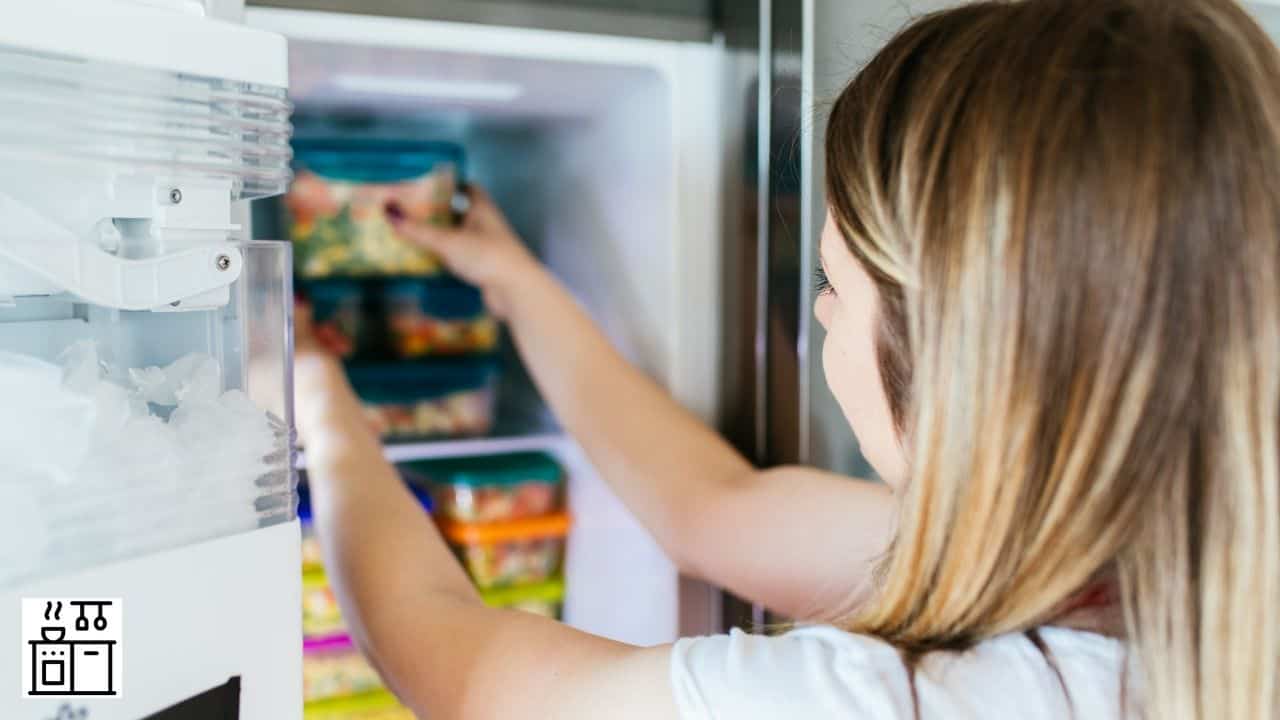
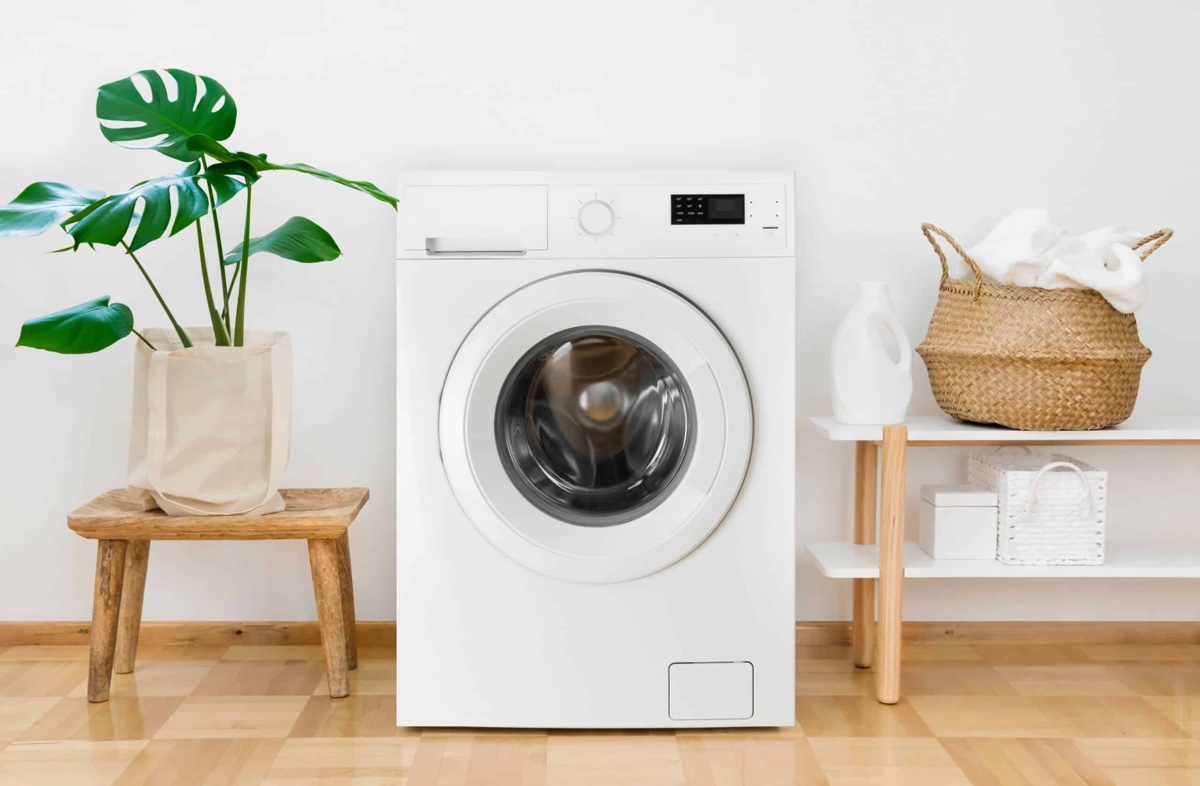
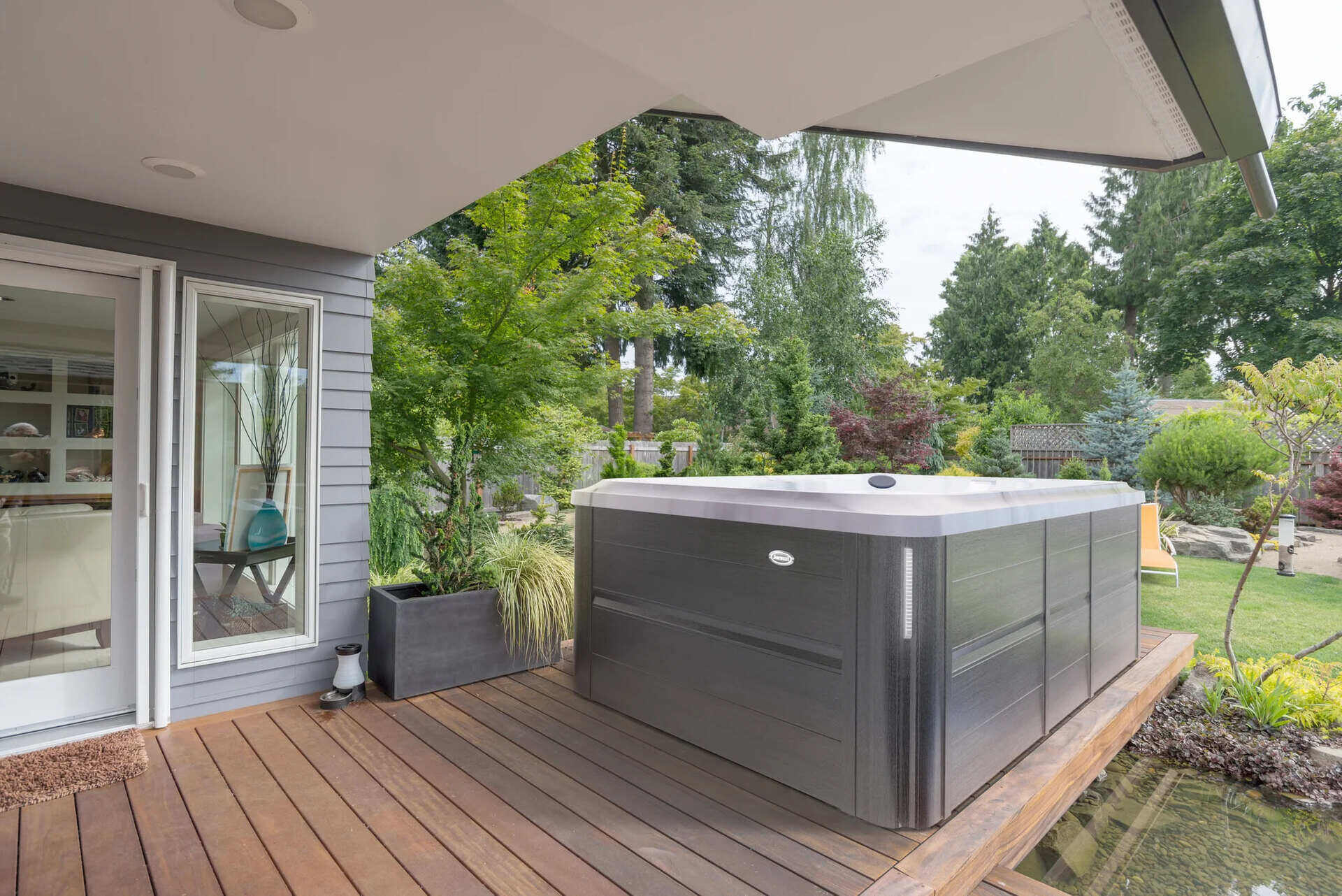
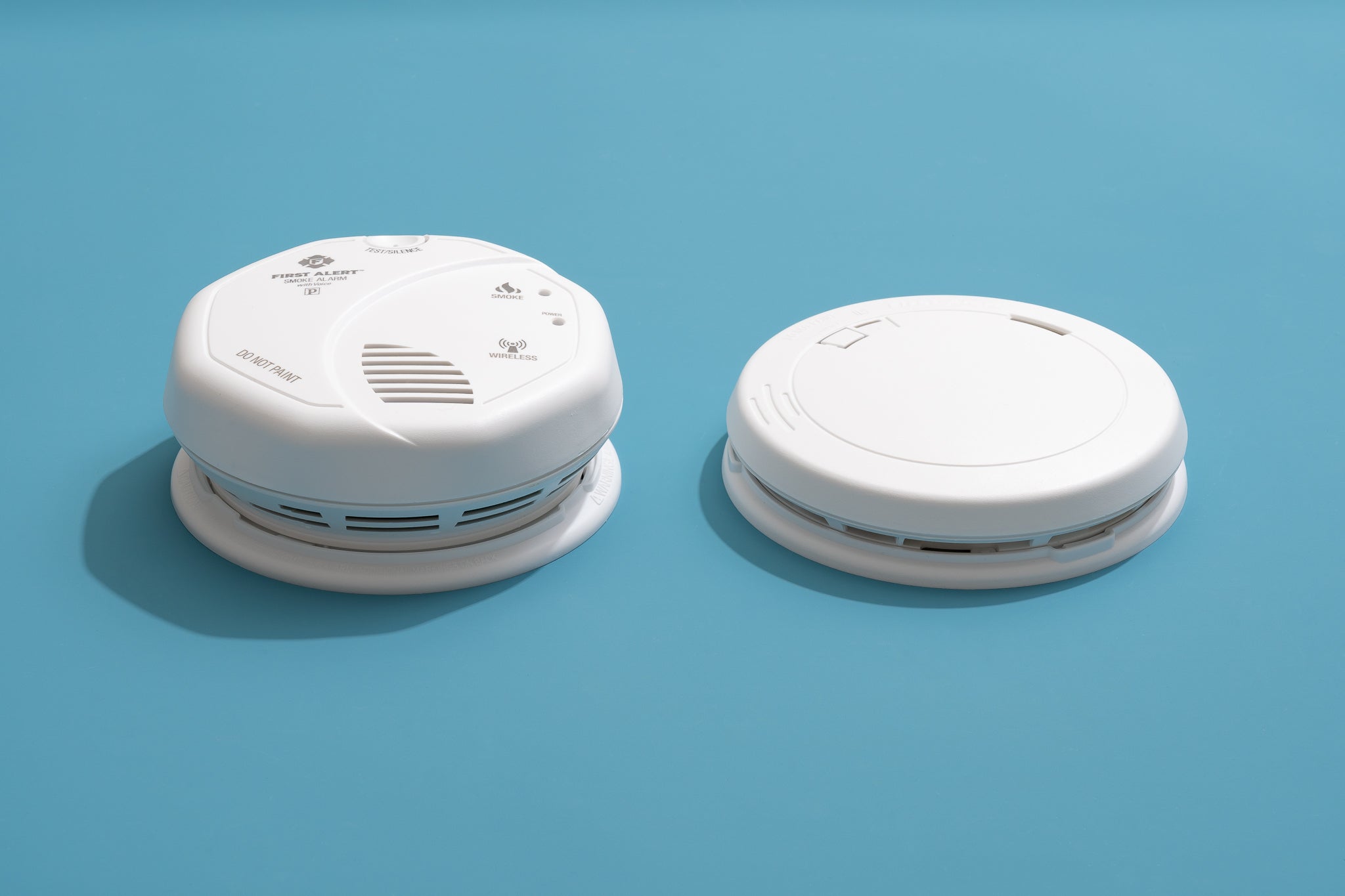
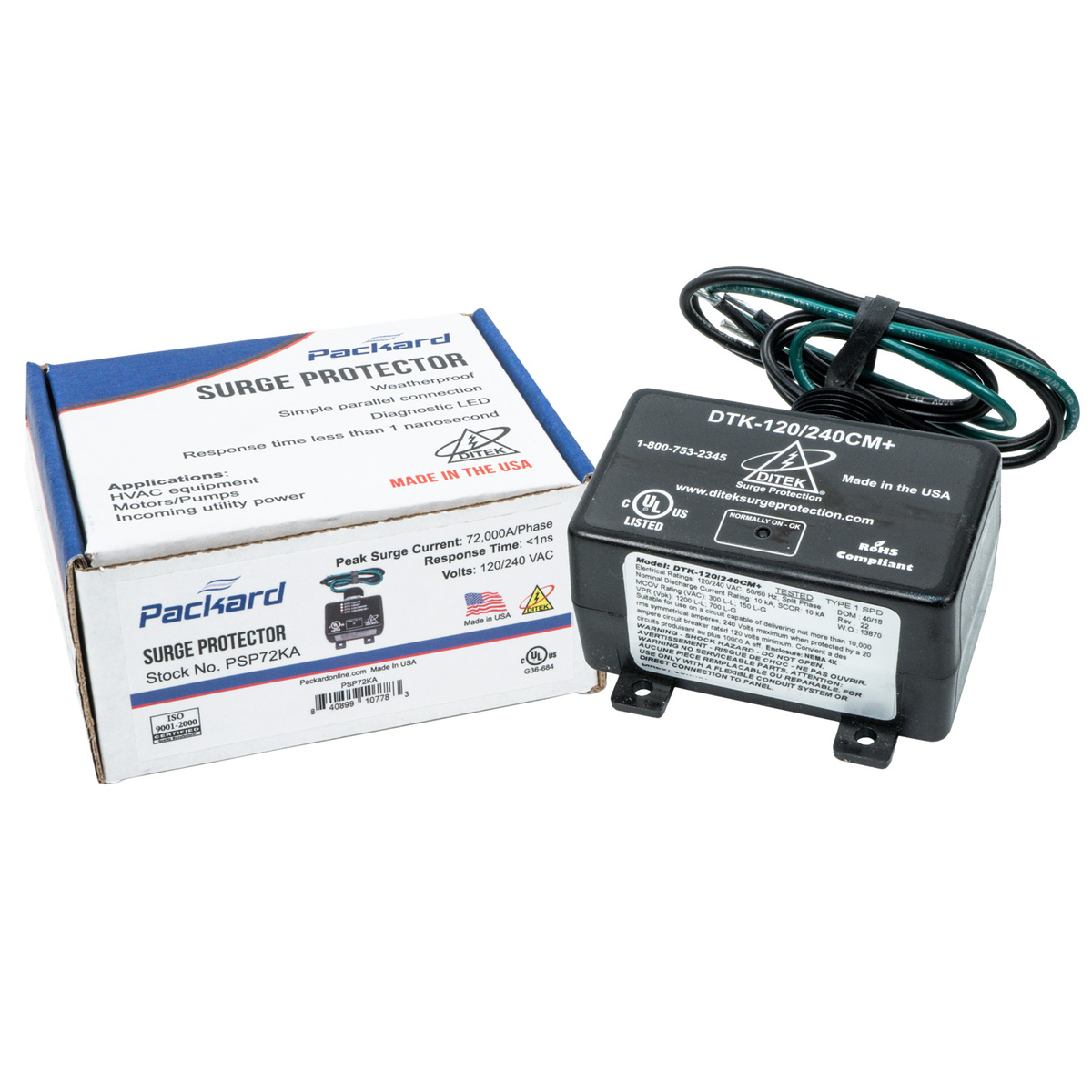

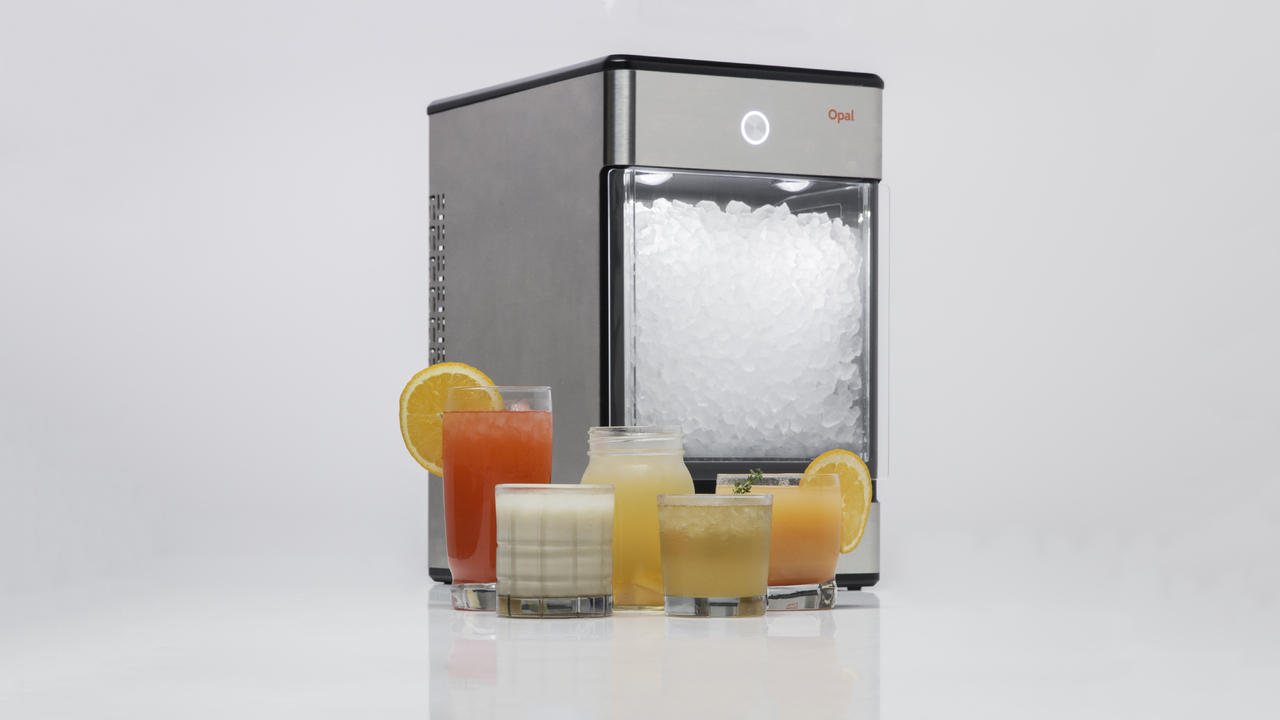
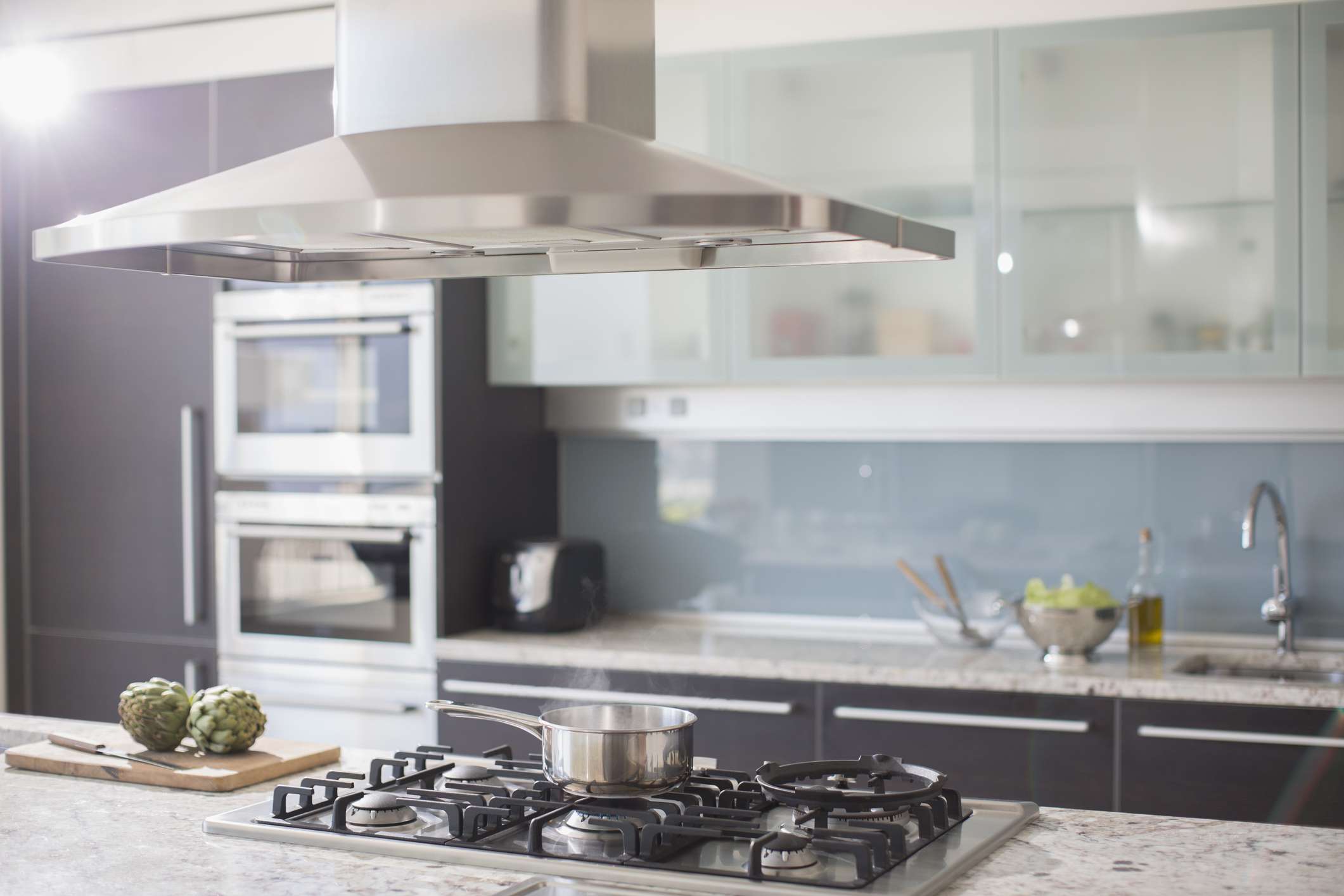
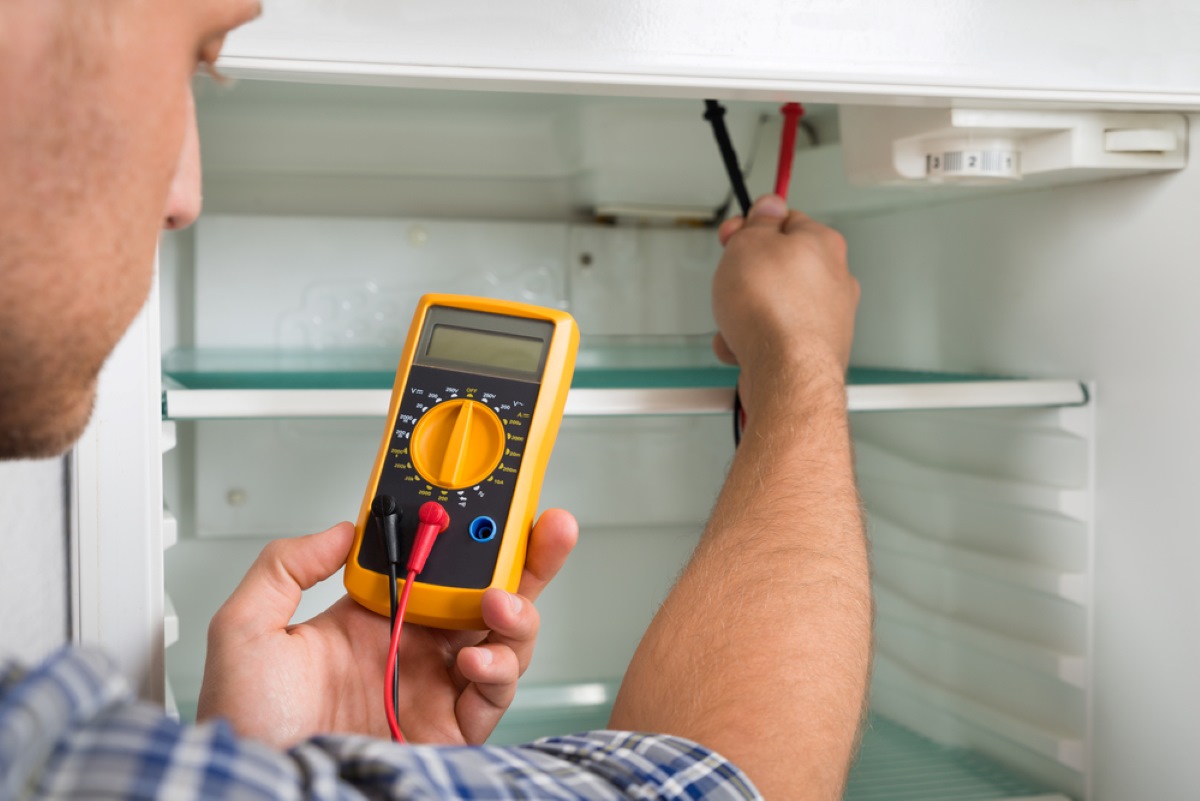
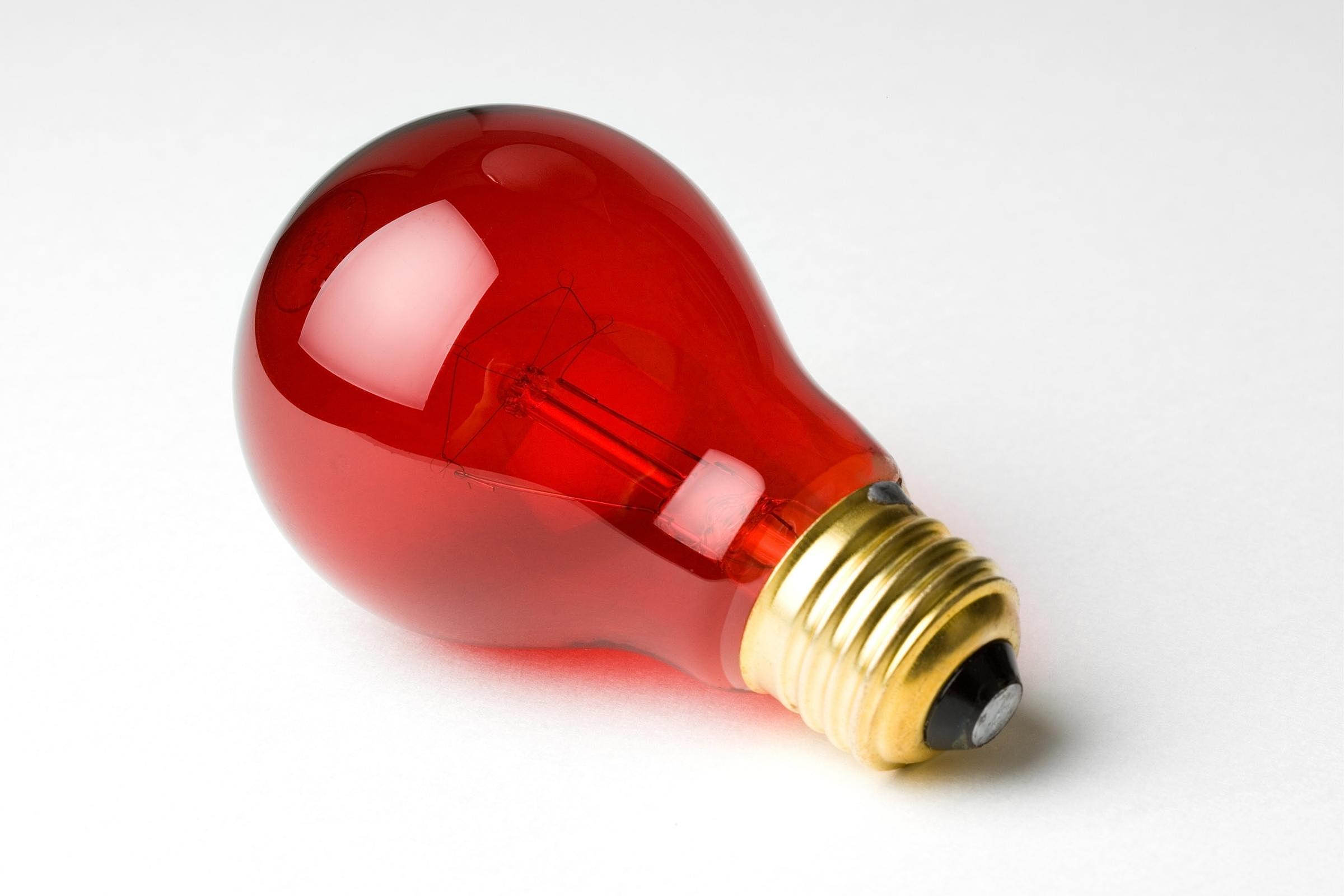
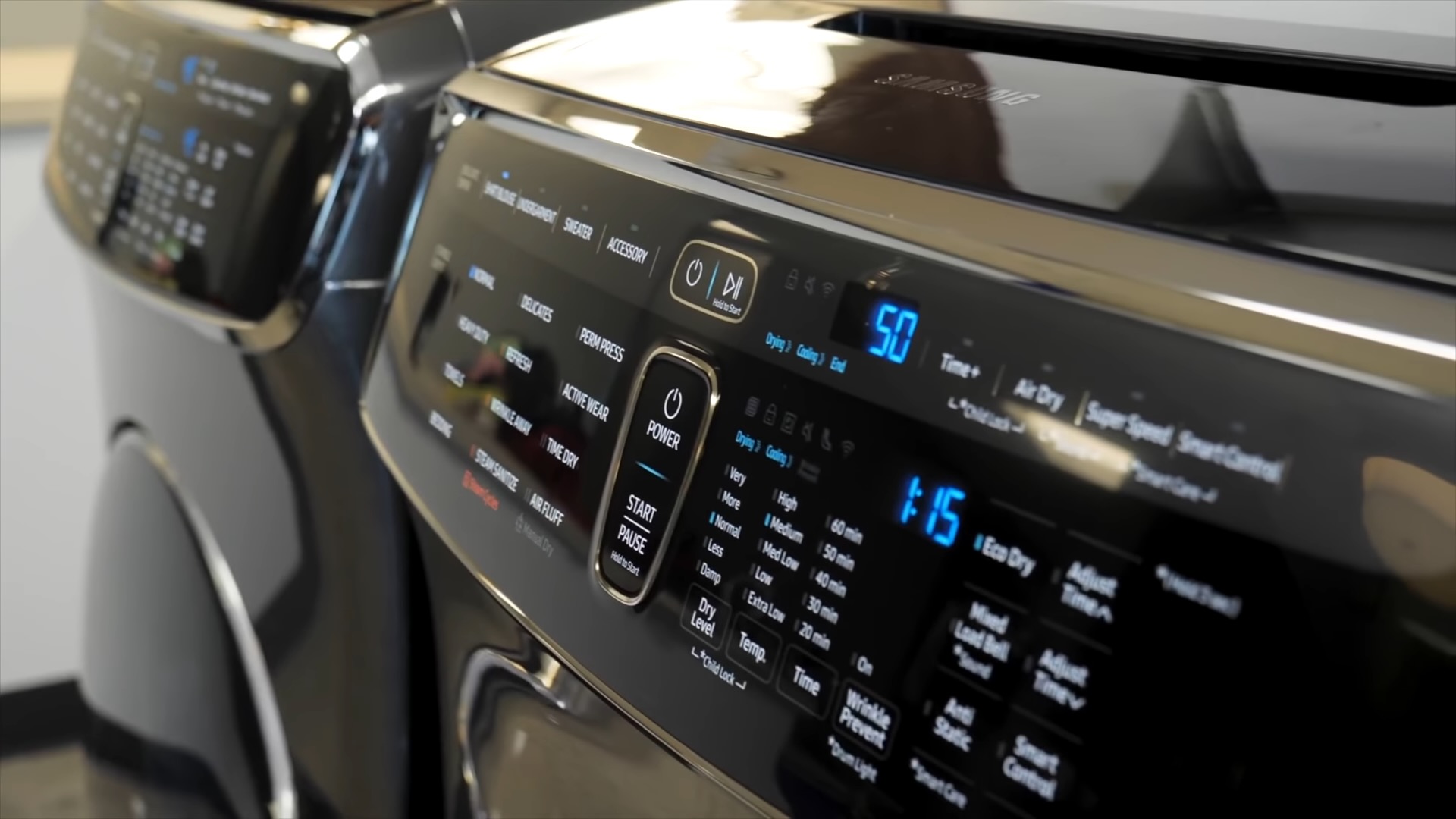
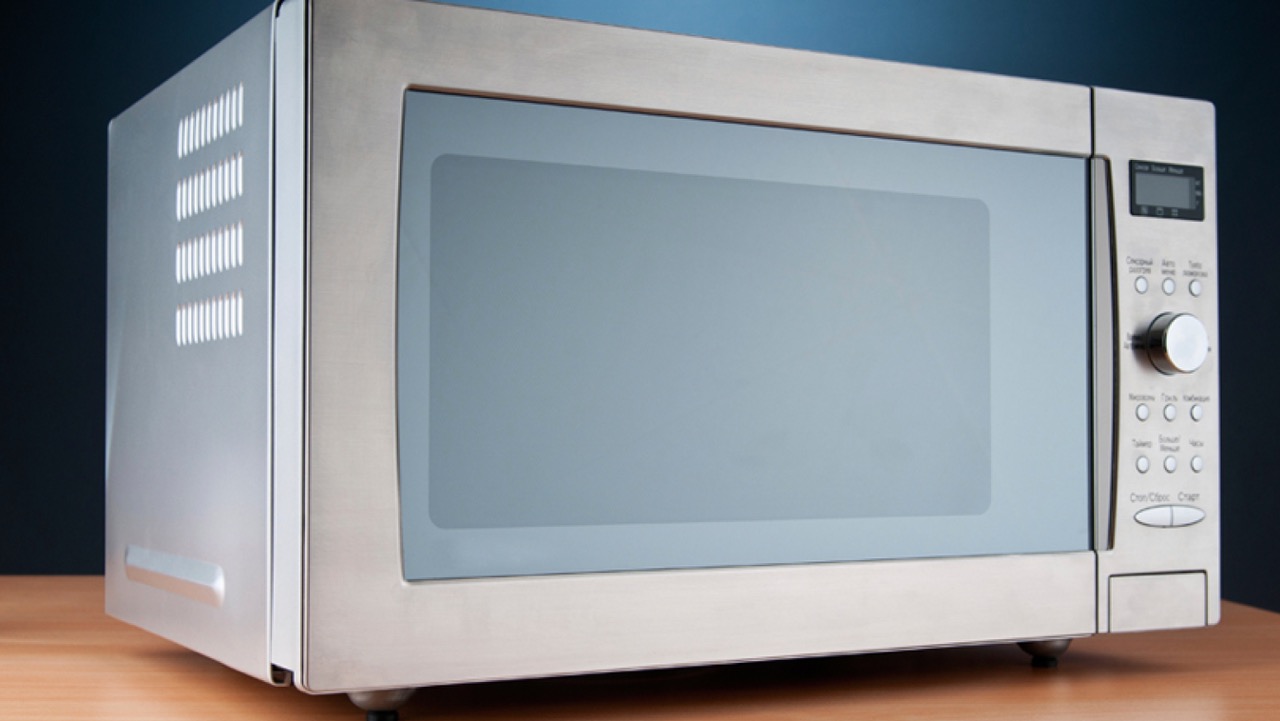

0 thoughts on “How Many Amps Does A Kegerator Need”